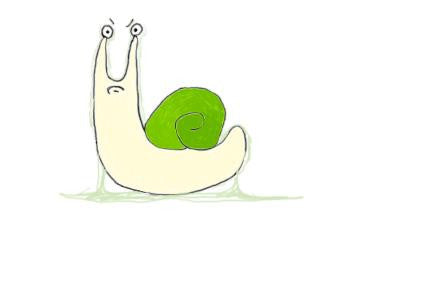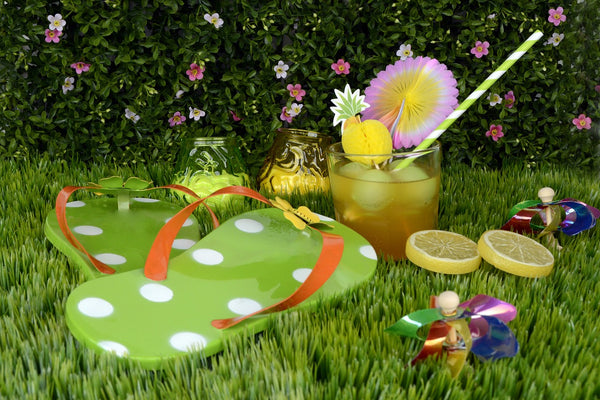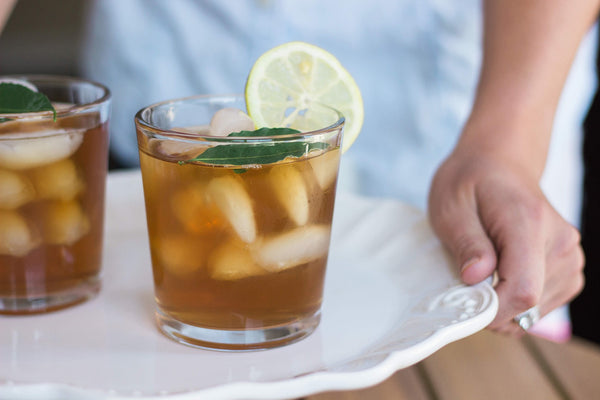
OK. There is no way around this. This tea has a “gross” name. While the proper name for it is “Bi Lo Chun,” the Western name for this tea is “Green Snail Tea.” They should have just called it “Weird Chinese Gross Tea.” While I am thinking it makes more sense in Chinese, the reason behind the name has nothing to do with snails and actually does make sense. When you look at the leaves they look like mini snail shells because they curl in a spiral-like fashion. And since it is green tea, they look like green snail shells. Because of the unpleasing name, most people call it by its proper name, Bi Lo Chun. In my opinion, this is the reason why this tea isn’t as popular as other famous teas, like Dragon Well or Gunpowder. However, in China, Bi Lo Chun is one of the most prized green teas you can buy. Here is a rundown of this wonderful tea.
Bi Lo Chun is grown near a pristine lake
One of the most northern teas in China, Bi Lo Chun is grown in a small island called Dongting, surrounded by a sparkling lake. The tea bushes share space with a fruit orchard, which helps give the tea scents of apricot.
Hand rolling gives it a unique shape
All high grade Bi Lo Chun starts with two leaves and a bud. The teamsters of the region had roll the tea by hand on hot woks in a big, circular sweeping motion. This gives Bi lo Chun it’s signature curly shape, resembling mini snail shells.
A sweet tea with a small “bite” on the finish
Much less vegetal than China's other famous green tea, Dragonwell, Bi Lo Chun has a sweetness that is unparalleled in Chinese Green teas. It also has a a bit of an astringent “bite” similar to grilled endive. This combination gives Bi Lo Chun a sweet, refreshing taste that has a clean finish.
Pairs fantastically with cheese and salads
Bi Lo Chun is excellent paired with a cheese course, specifically blue cheese, goat cheese, Parmesan and Gruyere. It also pairs well with large dinner salads topped with shrimp, walnuts and a simple red wine vinaigrette.
Summary
Luckily, the past 10 years have seen Bi Lo Chun gain some popularity in the US, making it available at a decent price. This tea is so prized in China, that maybe they thought they could call it “Weird Chinese Gross Tea” and people would still drink it. I know that I would.
www.flickr.com/photos/nadiapriestley/304929880/
Leave a comment
Comments will be approved before showing up.


